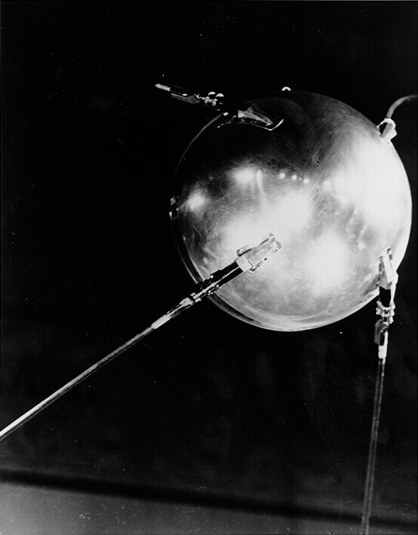This week I had the opportunity to preview two different presentation software programs available on the web. Below are my reviews of those programs:
 Google Docs:
Google Docs:
Ease of use – Very similar to PowerPoint and its well-known format. This makes it simple for those that already know the program.
Special features – Multiple people can see the same document from different locations and can submit changes as well.
Reliability – Google is a reliable tool used by many all over the world, so I see no reason that this form of Google would be any different.
Learning curve/availability of training materials (e.g. tutorials) – Tutorials are available before use.
Equipment/technical requirements – An internet connection and web browsing tool are the only needed technical requirements.
Potential for collaboration and file sharing – As stated under the special features, collaboration is allowed in this program.
Cost of use – FREE!
Accessibility from home, school, or classroom – The program is web-based and usable anywhere a web connection is available.
Multi-media capabilities (such as animation, sound, video elements) – Video elements are able to be included in the program. However the one drawback that I see of this program is it does not allow animations, specifically between slides during the presentation.
Engagement/motivational factors – The program is very basic in its visual appeal. There are not engagement/motivational factors to this program.
 Museum Box:
Museum Box:
Ease of use – Easy to use with a lot of options.
Special features – The program allows you to create images on the sides of boxes, creating a presentation from those boxes.
Reliability – The site seems pretty reliable, except for down time for scheduled maintenance.
Learning curve/availability of training materials (e.g. tutorials) – The site provides an introduction video, links to others projects for inspiration, and a help button for all of
the tools.
Equipment/technical requirements – An internet connection and web browsing tool are the only needed technical requirements.
Potential for collaboration and file sharing – The file is sharable on the site. However, there is no collaboration available.
Cost of use – FREE!
Accessibility from home, school, or classroom - The program is web-based and usable anywhere a web connection is available.
Multi-media capabilities (such as animation, sound, video elements) – Videos, links, and image capabilities are available. However, animations are not.
Engagement/motivational factors – It is really cool to see the boxes sides, and see the animations as they flip from one to another. The engagement is great with this program.
After having taken a close look at these two programs, I probably would not use either one for this project. Though they allow you to create slides, neither seems to have very engaging options for actually doing a presentation. This includes no options for animations or slide transformations. I am still interested in checking out the Prezi presentation software, but if it falls between either of these and PowerPoint, I would choose to use PowerPoint.









